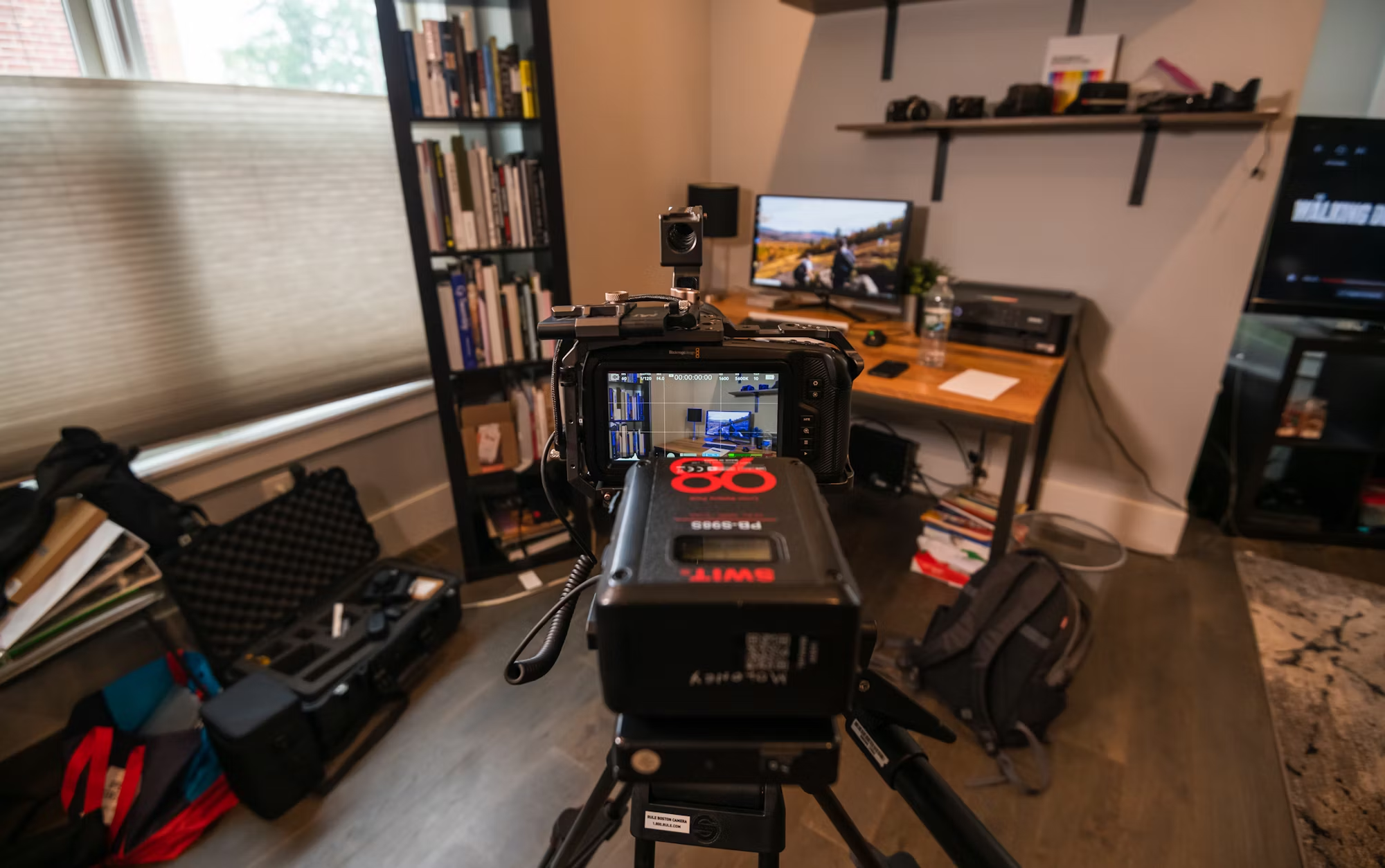The art of storytelling in cinema is a multifaceted process, intricately woven with the environment in which a film is presented. The type of theater can significantly shape the audience’s experience, influencing how they perceive and engage with the narrative. This article delves into the relationship between cinematic storytelling and the various types of theaters, including multiplexes, IMAX, drive-ins, art house cinemas, luxury theaters, pop-up cinemas, and specialized formats. By understanding these dynamics, we can appreciate how the venue enhances or transforms the viewing experience.
In traditional multiplex cinemas, audiences are often greeted with an overwhelming array of choices. With multiple screens showcasing various genres and films, the multiplex offers a feast for the senses. The vibrant atmosphere, filled with the sound of laughter and the aroma of freshly popped popcorn, sets the stage for a communal experience. Here, viewers often gather with friends and family, ready to embark on their cinematic journey together. This setting fosters discussions and shared reactions, enhancing the emotional impact of the film.
The convenience of multiplexes also plays a vital role in audience engagement. With several films available at various showtimes, moviegoers can choose a screening that fits their schedule. This flexibility not only encourages attendance but also allows viewers to explore different genres, from light-hearted comedies to gripping thrillers, all in one outing. The diverse selection helps create a dynamic environment where audiences can discover new stories and perspectives, broadening their cinematic horizons.
On the other hand, IMAX theaters elevate the experience to unprecedented heights. Known for their massive screens and cutting-edge sound technology, IMAX venues provide an immersive environment that captivates audiences from the moment the lights dim. The sheer size of the screen draws viewers in, making them feel as though they are part of the action. This sense of immersion enhances storytelling, particularly in films that rely heavily on visual spectacle, such as action-adventure and science fiction. The detailed visuals and powerful sound create a sensory experience that amplifies the emotional resonance of the narrative.
The IMAX format is particularly effective in transporting audiences to fantastical worlds, allowing them to escape reality and become fully engaged in the story. This immersion transforms how viewers interpret and feel about the characters and plot, making the cinematic experience profoundly impactful. Whether soaring through a breathtaking landscape or experiencing the thrill of a high-speed chase, IMAX creates an environment where storytelling transcends traditional boundaries.
Drive-in cinemas evoke a sense of nostalgia that enhances the viewing experience in unique ways. Originally popular in the 1950s, drive-ins have made a delightful comeback, offering a nostalgic atmosphere where families and friends can gather in their vehicles to enjoy a film. The outdoor setting, often under a starlit sky, fosters a relaxed ambiance that encourages viewers to unwind and enjoy the film at their own pace. This laid-back environment creates a sense of community, as audiences share their reactions, laughter, and even snacks from their cars.
The drive-in experience is often characterized by a blend of personal comfort and collective enjoyment. Viewers can enjoy the film from their own vehicles, allowing for a private experience even in a communal setting. This dynamic can lead to a more relaxed viewing, where audiences feel free to express themselves without the constraints of a traditional theater environment. The unique experience of watching a movie from the comfort of one’s car, while surrounded by friends and family, adds an extra layer of enjoyment to the storytelling process.
Art house cinemas, on the other hand, cater to a different type of audience. These venues focus on independent, foreign, and often experimental films, providing a platform for unique storytelling that challenges mainstream narratives. The intimate atmosphere of an art house cinema encourages deeper engagement with the film. Audiences are often more receptive to thought-provoking narratives that explore complex themes and characters. This setting fosters discussions among viewers, who may share insights and interpretations after the screening, enhancing their overall understanding of the film.
Art house cinemas also create a space for filmmakers to showcase their work without the constraints of commercial expectations. This freedom allows for the exploration of unconventional storytelling techniques, experimental visuals, and niche topics that may not resonate with mainstream audiences. As a result, art house films often offer a richer, more nuanced cinematic experience that invites viewers to reflect and engage critically with the story.
Luxury cinemas have emerged as a trend for those seeking an upscale movie experience. Offering plush seating, gourmet dining options, and personalized service, luxury theaters redefine what it means to enjoy a film. This opulent setting transforms the act of watching a movie into an event, encouraging audiences to indulge in a sensory feast that complements the storytelling. Patrons can savor fine wines, artisanal snacks, and even full meals while watching their favorite films, making the experience all the more enjoyable.
The luxurious environment enhances the emotional connection to the film. When viewers are comfortable and pampered, they are more likely to become fully engrossed in the narrative. This heightened level of comfort can lead to a more profound appreciation of the storytelling, as audiences feel relaxed and engaged. The combination of exceptional service and captivating films creates a memorable experience that lingers long after the credits roll.
Pop-up cinemas, characterized by their temporary nature and unique settings, have also gained popularity in recent years. These venues often spring up in unconventional locations, such as parks, rooftops, and community centers, providing a fresh take on the movie-watching experience. The novelty of a pop-up cinema fosters excitement among audiences, encouraging them to participate in a communal event that combines film with local culture and social interaction.
Pop-up cinemas frequently host themed screenings, live performances, and interactive elements, turning each event into a celebration of storytelling. This atmosphere invites viewers to engage not just with the film, but with each other, fostering a sense of community and shared experience. The unique setting and social atmosphere can lead to a more relaxed and enjoyable viewing experience, allowing audiences to connect more deeply with the narrative.
Finally, specialized cineplexes that offer unique formats such as 4D theaters and ScreenX provide yet another layer to the cinematic experience. 4D theaters engage audiences by incorporating motion, scents, and environmental effects that sync with the film. This multi-sensory approach transforms the viewing experience, allowing audiences to feel as if they are part of the story. Similarly, ScreenX, with its panoramic screens, envelops viewers in a 270-degree visual experience that enhances the impact of the narrative.
These innovative formats attract adventurous moviegoers eager to explore films in new and exciting ways. By engaging multiple senses, specialized cineplexes enhance storytelling, making the film experience not just visual but visceral. This level of engagement fosters a deeper emotional connection to the narrative, allowing audiences to experience the story in a profoundly immersive manner.
In conclusion, the interplay between cinema and storytelling is a dynamic and evolving relationship. The type of theater plays a crucial role in shaping how audiences engage with films, influencing their perceptions, emotions, and connections to the narrative. From the communal atmosphere of multiplexes to the immersive experiences of IMAX and specialized formats, each theater type offers a unique perspective on cinematic storytelling. As audiences continue to seek new and enriching experiences, the evolution of cinema will undoubtedly forge new paths for creative expression and audience engagement.



